By Kristina Algas

With its flat, fertile wetlands and year-long round weather, the plains of Argentina make a perfect habitat for waterfowl of all kinds. In the winter months (April through August for Argentina), many native duck species return from their northern migration to breed, creating the perfect conditions for ethical, high volume wing shooting.
Most duck species are highly active in the early mornings, when they leave the safety of their roosts to hunt for the day’s meal. The ducks of Argentina are infamous flushing birds and are incredibly easy to startle; when you approach a flock in the wild, make sure to tread carefully!
A wide variety of ducks populate the wetland regions of Argentina, with some game bird hunters bringing back as many as 8 to 12 species per hunt. Below are just a few of the most common duck species you might encounter in the Argentina wetlands.
Southern Wigeon

The Southern Widgeon, or Chiloé Wigeon, is indigenous to the central and southern regions of Argentina. They stand out easily from the foliage with their webbed white and gray plumage, as well as their iridescent blue-green caps with white head coloring. Although they can be seen mingling with other species of waterfowl, they are also known to keep to themselves while grazing on the shores of marshes and other bodies of water.
The males and females of this species can be quite difficult to tell apart; compared to their female counterparts, males are only slightly larger and heavier, and have somewhat brighter coloring on their plumage. See for yourself if you can spot the difference!
Rosy-Billed Pochard
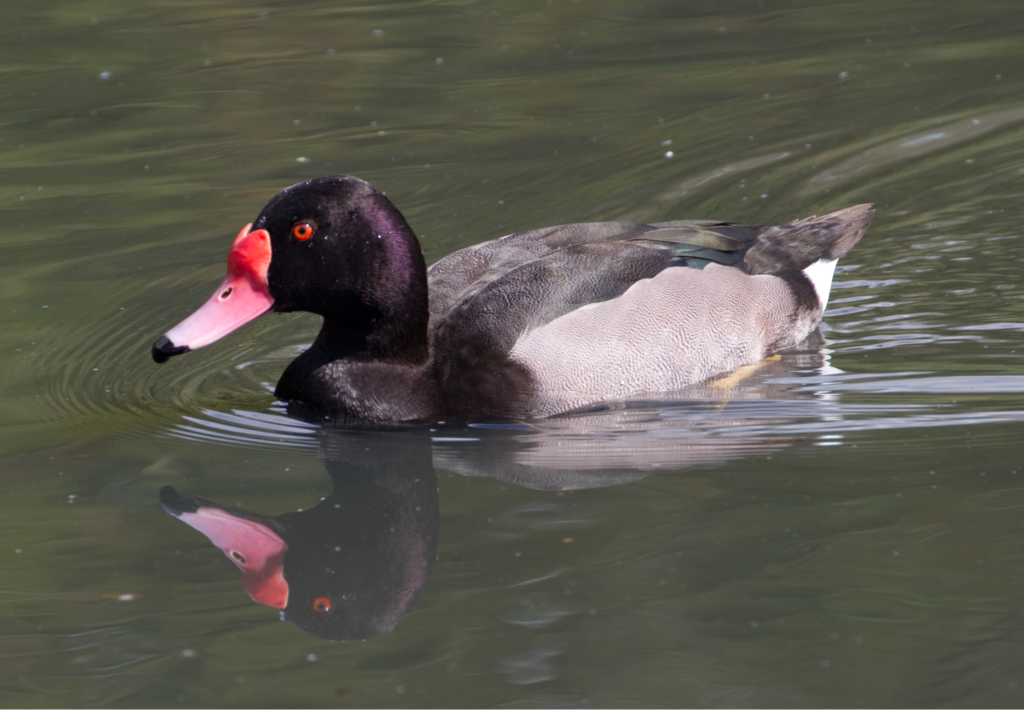
As its name suggests, the male rosy-billed pochard sports a bright, rose-colored bill with a swollen base. Unlike the males, female rosy-billed pochards are a duller shade of brown with a dark-colored bill; however, both sexes share the same white feathers at their wings and the base of the tail. At a first glance, one could hardly guess that these two are the same species!
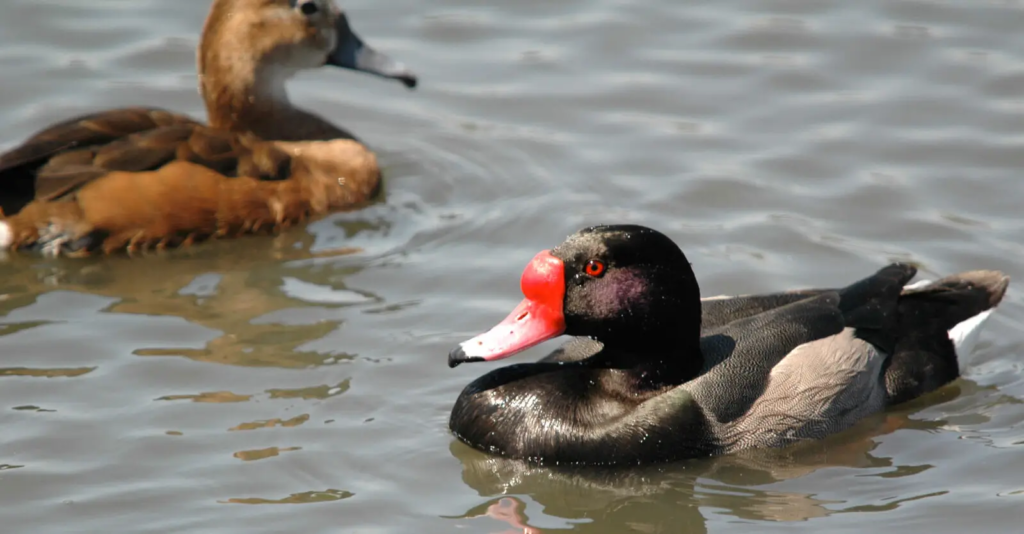
The rosy-billed pochard heavily favors wet conditions with abundant vegetation, as they rely on aquatic plants for food (their diet mainly consists of seeds and aquatic vegetation) and nesting grounds. As such, they will often migrate to large bodies of water in late summer, then elsewhere when these areas dry up in the fall.
White-Cheeked Pintail
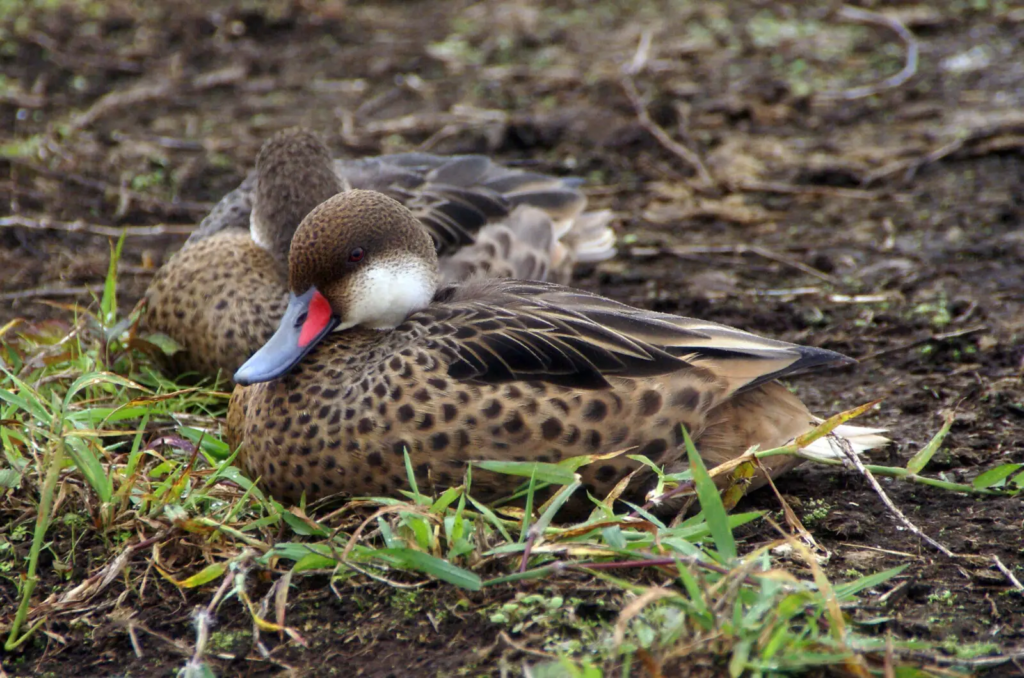
The white-cheeked pintail, or the Bahama pintail, can be found in several regions of South America, primarily the central-northeast region of Argentina. This species has been a common sighting in South America for quite some time, with reported sightings dating as far back as its discovery in the mid-1700s. Recent appearances in North America and Europe suggest possible potential escapes from captivity in other parts of the world.
Both sexes of adult white-cheeked pintails feature the same brown coloring, white cheeks (as per its namesake), and red-and-gray bill. These birds can be found in environments with naturally occurring salt water, such as: lakes, marshes, and even mangrove forests. They prefer to make their nests near these bodies of water at ground level, particularly in places that are well-hidden by vegetation; when traversing these areas, be sure to watch where you step!
Silver Teal
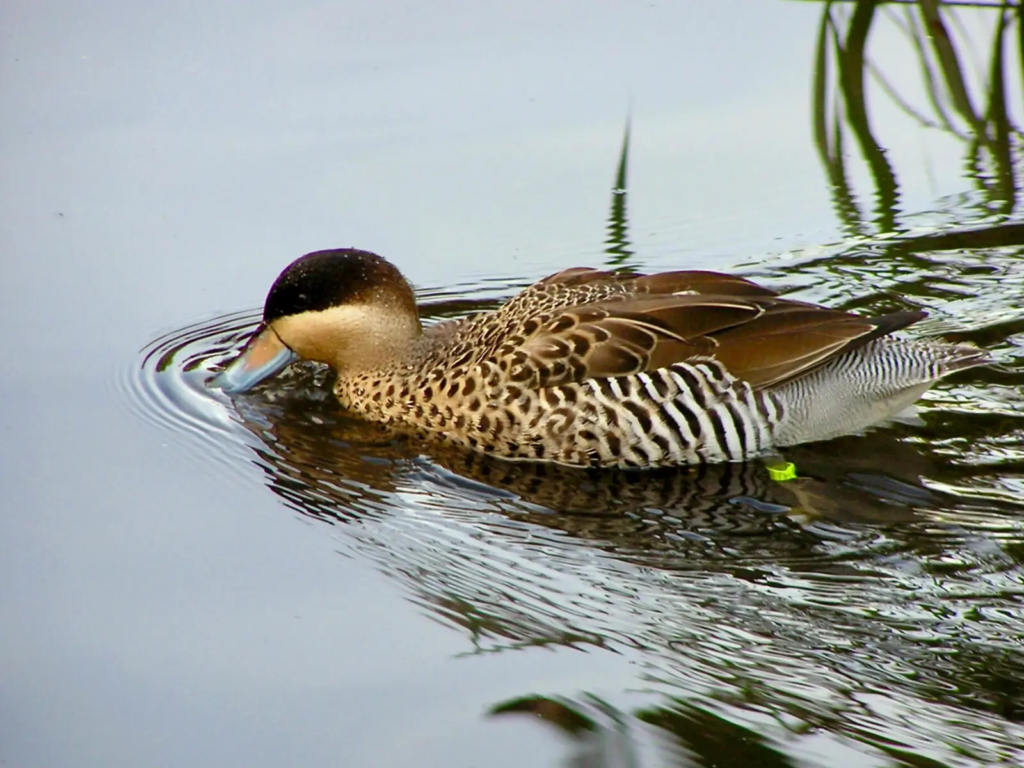
The silver teal is easily identifiable by its iconic yellow bill with a bright, powder-blue tip (not to be confused with the puna teal, whose beak is black with a bright blue tip). They are commonly found throughout the southernmost regions of South America, particularly near bodies of water, where they feed on insects and vegetable matter at the surface.
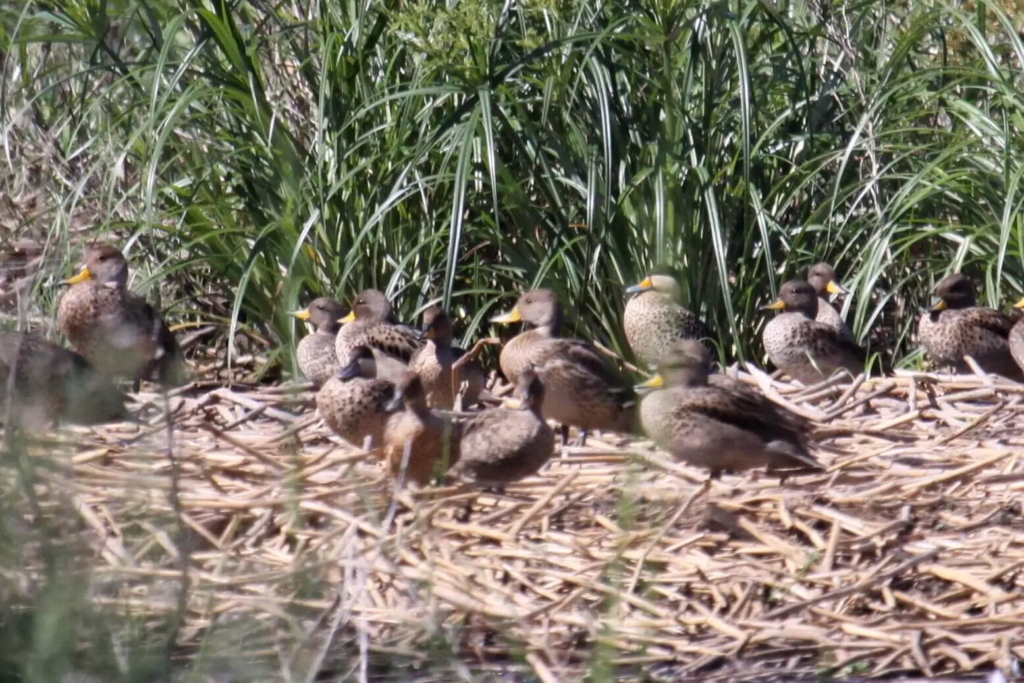
These birds exhibit unique mating and rearing customs: unlike most duck species, many of whom are non-monogamous and/or prone to short-term mating bonds, the silver teal is known to form monogamous, long-term bonds that may last for their entire lives. Their breeding season tends to last between April and June, and their nests are most commonly found among reeds and other vegetation. When their eggs hatch, it is not uncommon for both the male and female parents to take turns raising their young.
Tree Ducks / “Whistling Ducks”
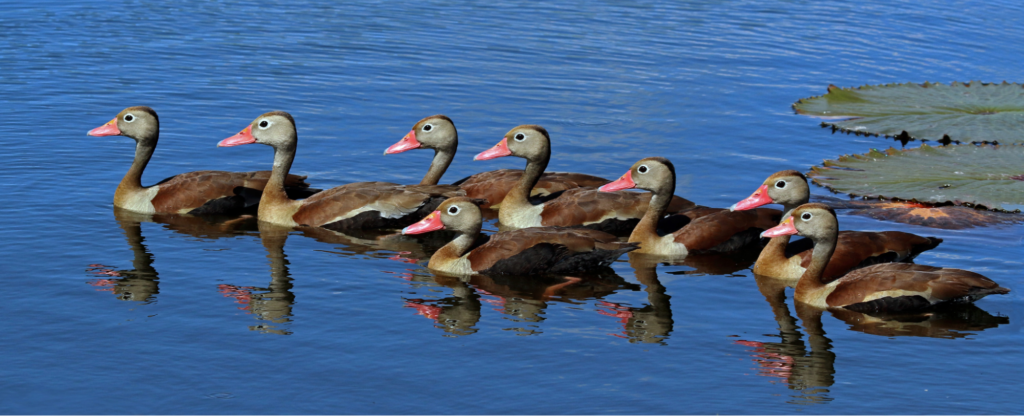
Tree ducks, or whistling ducks, are a subfamily of ducks that can be found in a variety of different regions, primarily in South America and Asia. For the most part, they can be distinguished by their longer legs and necks, as well as their hunched-over posture while walking (similar to geese). Species of tree duck that can be found in Argentina include the black-bellied whistling duck, the fulvous whistling duck, and the white-faced whistling duck. Like the silver teal, some species of male tree ducks will raise their young alongside the female, and may even take turns incubating the eggs.
Tree ducks can also be identified by their tendency to feed and hunt at night, as well as their large flocks that sometimes number in the hundreds. If you see a large gathering of goose-like ducks, chances are you’ve stumbled across a flock of tree ducks!
Argentina Wild Wings: Premier Game Bird Hunting
Want to try your hand at tracking down these birds for yourself? Book a wing shooting or sightseeing trip with Argentina Wild Wings and see for yourself all the wildlife that Argentina has to offer.
